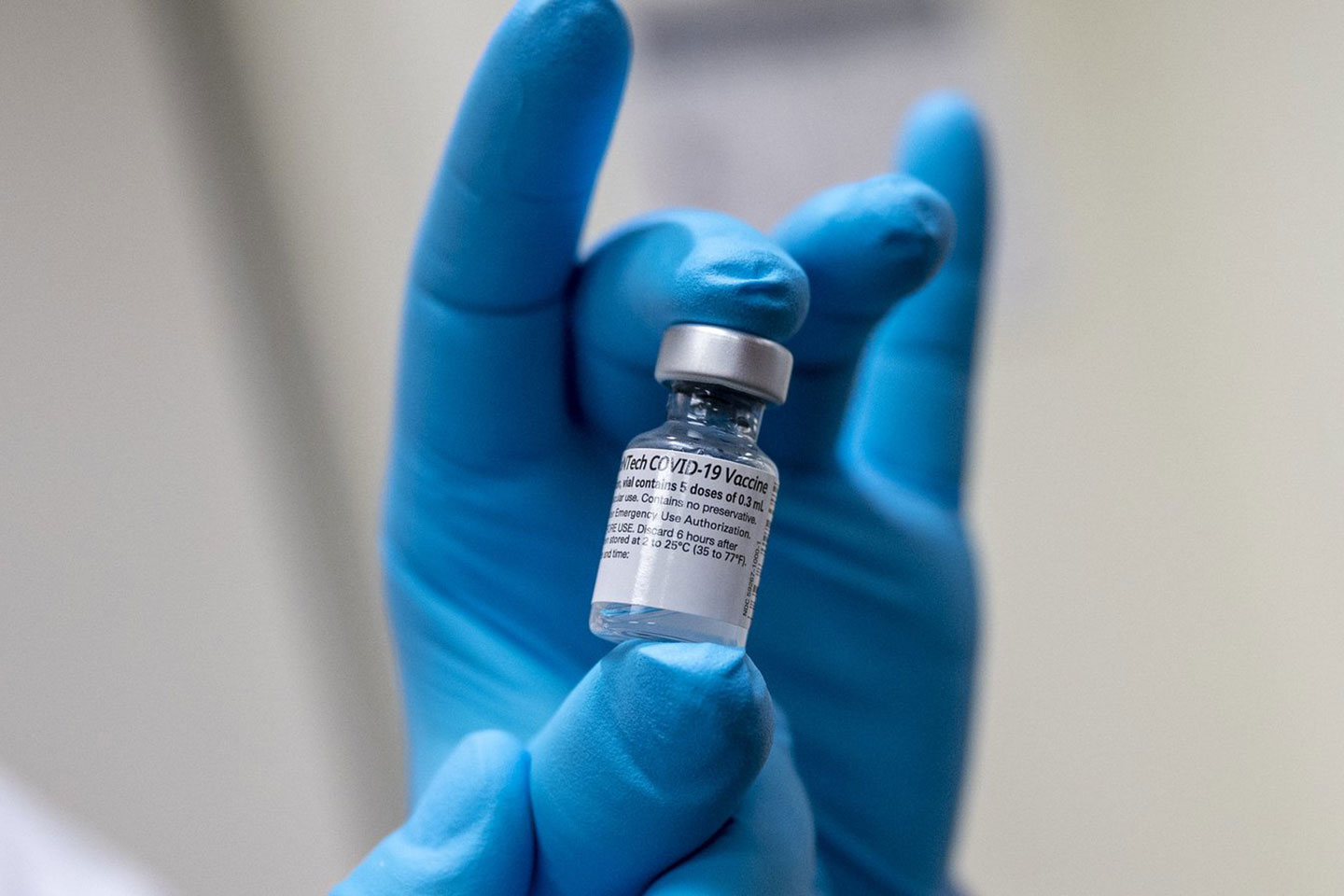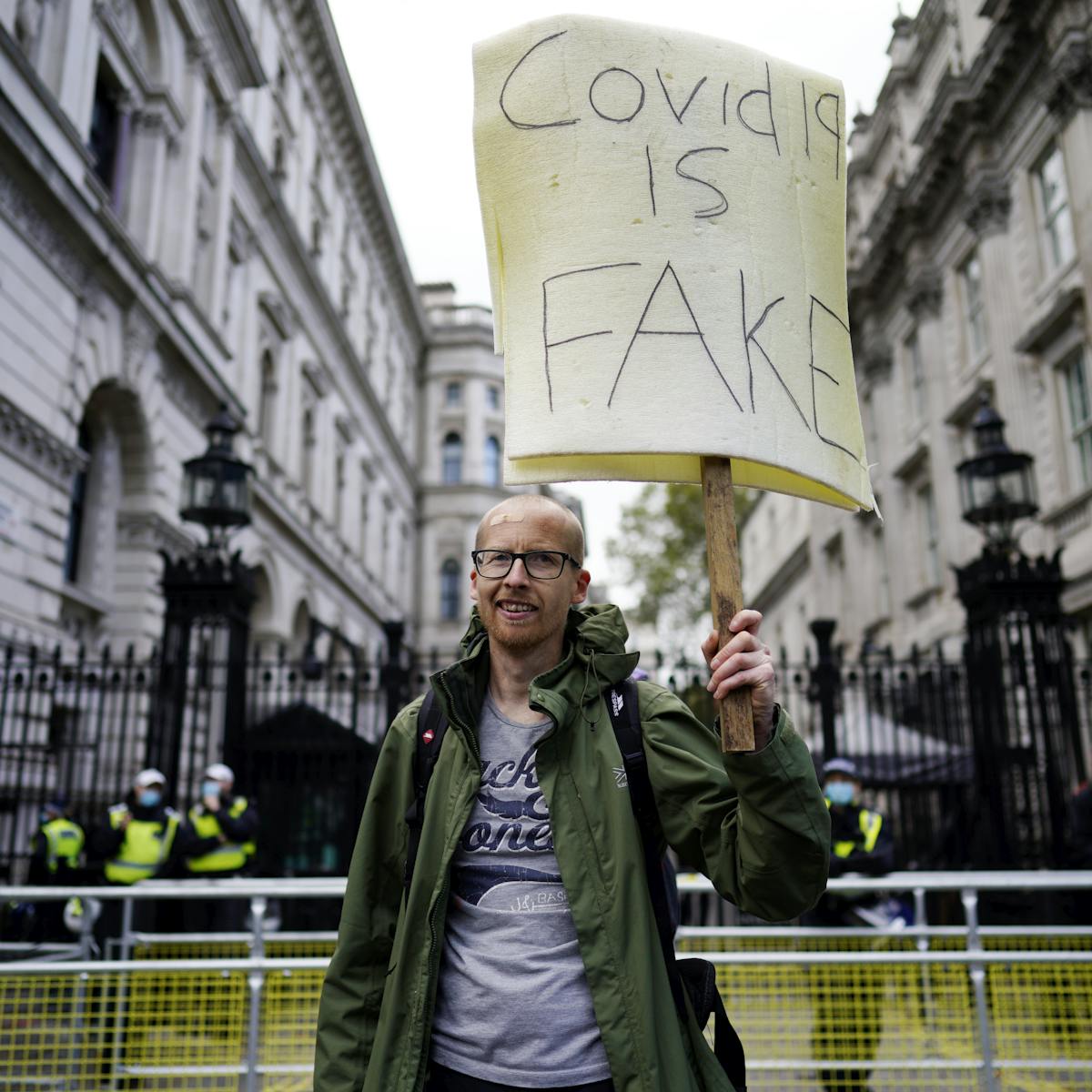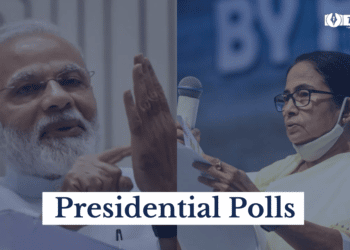Vaccination is the most powerful way to deal with covid-19 and save lives. While the vaccine hesitancy in the population is deterring them from taking the jabs, making the pandemic more serious and dangerous for the world.
Some time back, a man took his wife’s adhaar card and climbed over the tree to prevent getting vaccinated. In another case, people in a small village of Odisha fled away after knowing that health officials would be coming to their village to vaccinate the people. Several similar incidents have been taking place due to the “vaccine fear”.
The world has suffered unprecedented damage to life, lifestyle, and economy with the outbreak of covid-19. With no powerful method to combat the virus, scientists and researchers claimed vaccines as the best solution for eradicating covid-19 from the very beginning.
Many countries around the globe including the developed countries have invested a good amount of time, effort, and resources for producing a potential vaccine.

After the successful development of vaccines in a record-breaking time, several countries like India launched a vaccination drive.
India proudly launched the largest vaccination drive with the target of vaccinating the second most populated country in the world.
Beginning on January 16, 2021, there were 900 million people in India identified to be eligible for the jab. The plan was to prioritize the front line workers then moving towards the above 60, above 45 age group, and then others.
The outbreak of deadly second-wave in India made the government allow citizens above 18 years to take the vaccine. India also established itself as one the biggest vaccine-producing countries in the world surpassing the US.
But even after several months, today 5 percent of the total Indian population is vaccinated. On the other hand, countries like the US and UK have 48-50% of their total population vaccinated. So, why did India lack back?
There are several reasons for it like supply issues, lack of doses in rural areas, mismanagement in the supply chain, improper infrastructure, etc.
But the biggest reason for the inability of mass vaccination is vast-spread vaccine hesitancy. There is a lack of trust, concerns about side effects, a buildup of fake rumors, and a lack of discussions on the safety and effectiveness of the vaccine.
/cdn.vox-cdn.com/uploads/chorus_asset/file/22276625/GettyImages_1230169189.jpg)
Before the pandemic, even the World Health Organization has titled vaccine hesitancy among the top 10 leading threats to global health during the past epidemics.
In a densely populated country like India, the risk of covid-19 increases with improper medical services. While the fake rumors and wrong information increase the refusal of vaccines causing a big wastage of the vaccines at the vaccination centers.
There is a “covid symptom survey” by Facebook. It even offers a chance to register for vaccination through the co-win app.
The CSS collects data samples and responses from the users with an active framework giving out the trends for vaccination in different countries.
It includes a query asking the users if they will take a vaccine offered today for covid-19 giving a direct figure.
Now, surprisingly the results are a concern for the government and authorities in India. Around 40% of people in Tamil Nadu, 33% in Punjab, 30% in Haryana, and 29% in Gujarat formally come under the vaccine-hesitant population. The combined efforts for herd immunity are smashed by these numbers. The most common reasons are-
- waiting for others to get first (42%)
- a concern of side-effects (34%)
- vaccines will not work (21%)
- religious belief
- Expensive rates

The people have been the target of the fake rumors that vaccination might cause death, infertility, and poor health.
On the other hand, the difficulty of booking slots, registration issues, lack of vaccine supply, etc demotivates the people.
It has become important for the government to come out to the public to address their concerns and answer their queries.
A targeted plan for communities and different sections of the society by a collaboration of central and local government is important.
The primary issues like difficulty in registration, lack of doses, negligence by health authorities, etc should be tackled. The expensive price and time for standing in long queues need to be solved.
A proper educating campaign by the local NGOs, prominent figures and even medical experts should be planned.
During the polio vaccination campaign, the advertisements by Mr. Amitabh Bachchan became very popular and a similar approach can be used for the covid-19 vaccine campaign.
The fake rumors and virals on social media should be removed. Religious figures can come forward to communicate with people to target vaccine hesitancy due to religious beliefs.
For encouraging the poor section of people, they can be given incentives like some basic groceries or selective prizes. Catchy slogans will also make the message popular among the masses.
The popular mediums of film, television, and traditional media have been effective to tackle misinformation and it can be useful against vaccine hesitancy also.

It will be wrong of the government to make vaccines compulsory and they have rightfully made it a voluntary choice.
The researchers have clarified that the best way to fight against covid-19 is vaccination.
It is crucial for personal safety and also produces herd immunity beneficial for society. So, people need to take responsibility for getting vaccinated.
Even the administration and authorities should take up a planned approach by making further efforts to encourage people to take the vaccine shots.
It should conduct more discussions (in easy and local language) by medical experts to make people understand the need for vaccination and eliminate the fake rumors and fears in society.
Also Read: A Look into the TERF Logic












